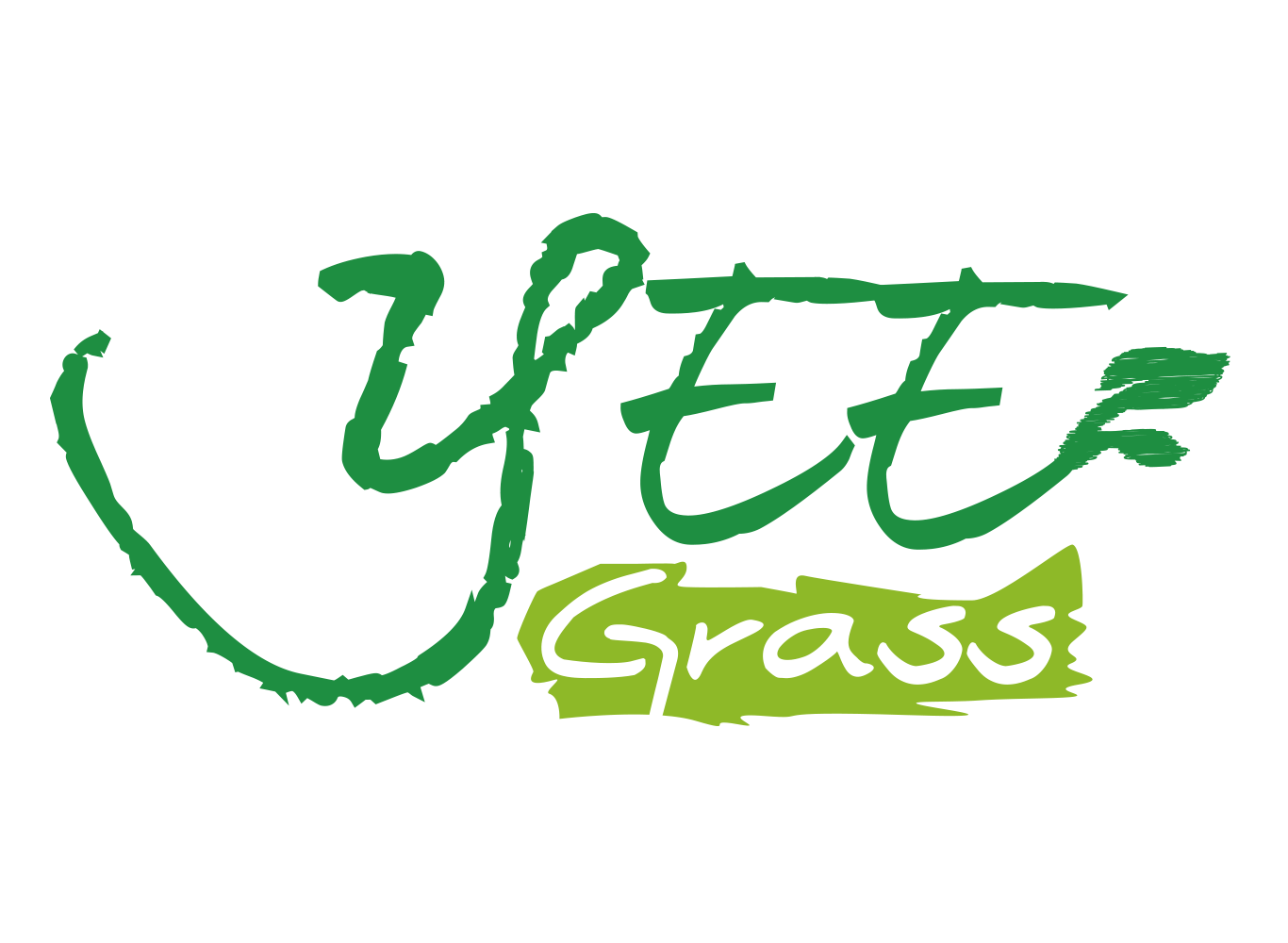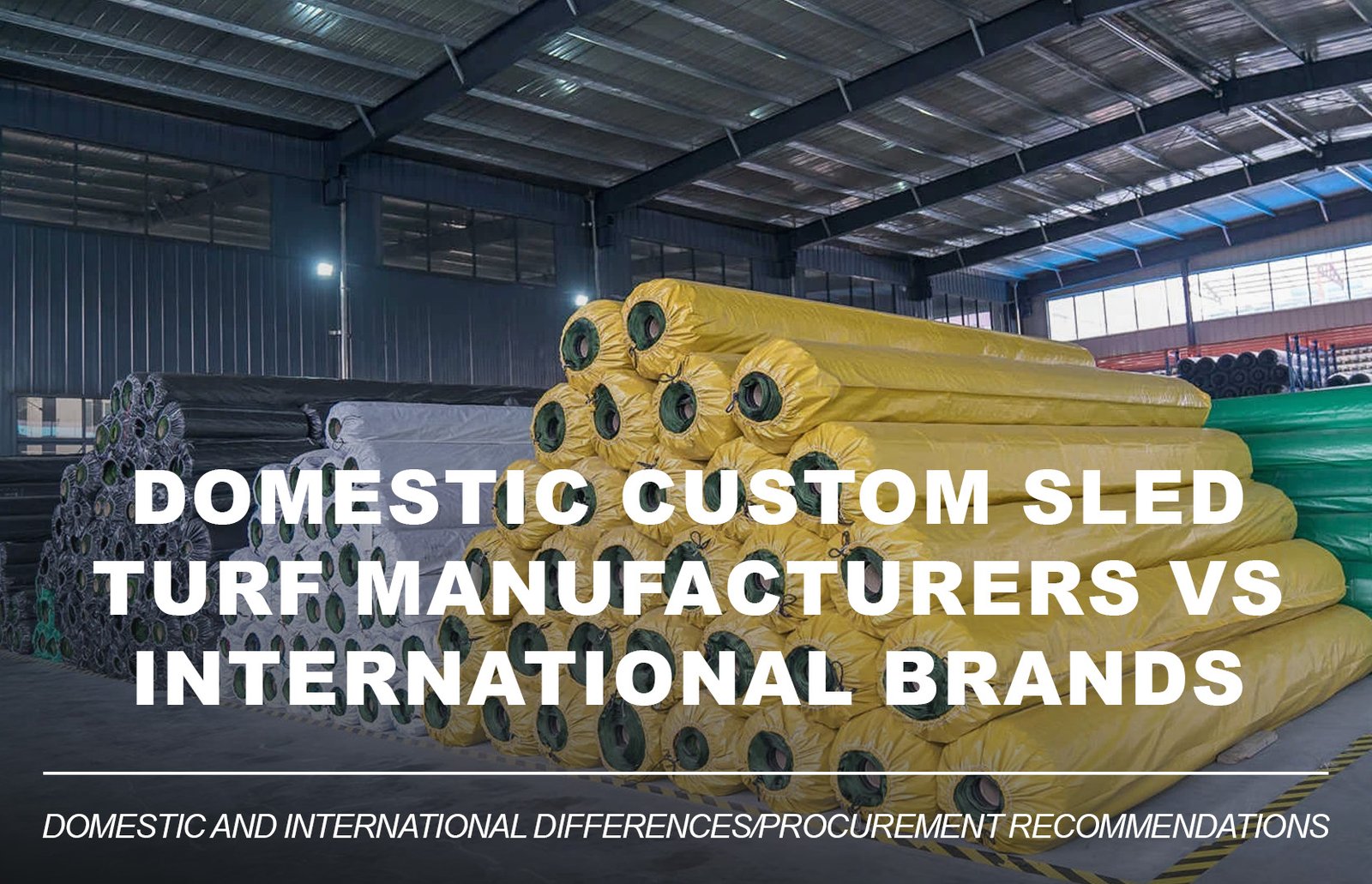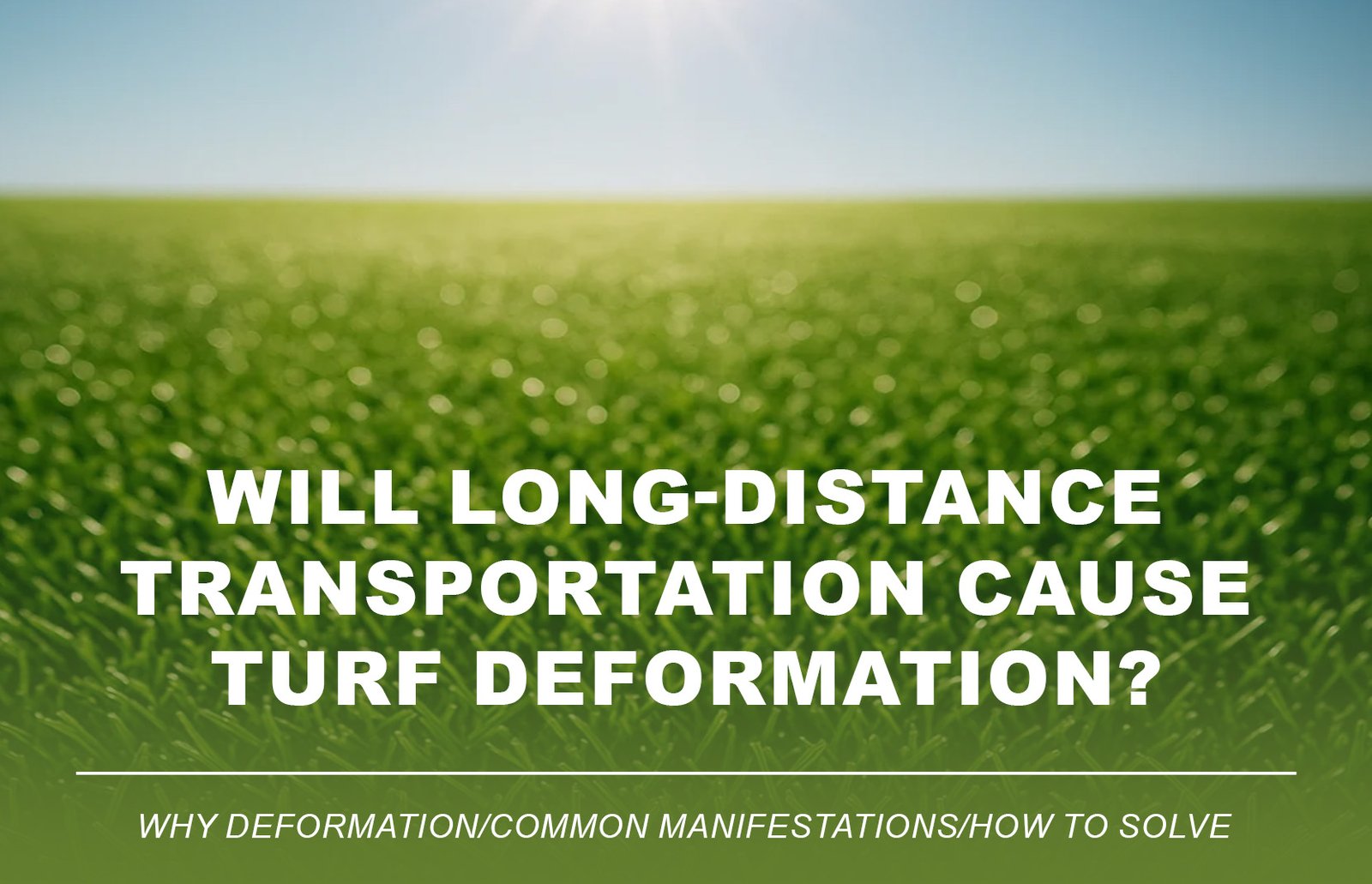
Struggling with pollen, mold, or lawn-related allergies? Discover why allergy-safe artificial grass is the smart landscaping solution for sensitive families. Cleaner, safer, and easier to maintain—explore key benefits, buying tips, and real success stories.
1. Why Natural Grass Poses Health Risks for Allergy-Prone Families
While natural grass appears lush and inviting, it’s often a hidden source of allergens and irritants:

🌼 Pollen Proliferation: Natural lawns are among the top sources of airborne allergens in spring and summer—especially problematic for hay fever sufferers.

🦠 Mold and Dust Mites: Damp soil and grass create a breeding ground for allergy-triggering microbes and mites, worsening asthma and eczema.

🐜 Insect Activity: Fleas and bugs thrive in natural turf, often causing rashes and allergic reactions—particularly dangerous for pets and young children.

🌫 Maintenance Triggers: Mowing and trimming release dust and allergens into the air, increasing respiratory risks.

⚠ Chemical Residues: Fertilizers and pesticides used on natural grass can leave behind chemical traces, harmful for allergy-sensitive individuals.
2. Artificial Grass: The Allergy-Friendly Lawn Alternative
Allergy-safe artificial grass offers a clean, hypoallergenic outdoor solution, ideal for families with children, pets, or respiratory sensitivities:




✅ No Pollen: Made from synthetic polyethylene or polypropylene fibers—no pollen, no allergic reactions.
✅ Mold & Dust Resistant: Non-organic, non-porous surfaces prevent buildup of allergens.
✅ Chemical-Free: No need for fertilizers or pesticides—safer for skin and airways.
✅ Quick-Draining: Artificial turf dries quickly after rain, minimizing dampness and mold risk.
📌 Pro Tip: You can easily rinse or disinfect the turf for added hygiene and comfort.
3. Who Benefits from Hypoallergenic Synthetic Turf?
Artificial grass is a game-changer for:

- 👶 Kids with asthma, hay fever, or eczema
- 🐶 Pet owners dealing with fleas or grass allergies
- 🧓 Seniors with respiratory sensitivities or mobility issues
- 🏡 Busy families seeking a clean, safe, low-maintenance yard
Whether it’s your backyard, balcony, rooftop, or pet run, synthetic turf creates an allergy-friendly sanctuary.
4. Real-Life Success Stories from Allergy-Conscious Homes


“My son’s hay fever used to flare up every spring. Since installing allergy-safe artificial grass in our backyard, his symptoms have nearly disappeared.”
— Emily R., California, USA


“The turf stays dry and clean even in rainy UK weather. No more muddy paw prints or asthma triggers.”
— James T., Manchester, UK


“We travel a lot, and my wife has grass-related skin allergies. Artificial grass solved both issues. Now our garden stays beautiful with zero effort.”
— Sophie M., Sydney, Australia
5. How to Choose the Right Allergy-Safe Turf
To ensure your turf is truly hypoallergenic, check the following:




- ✅ Safety Certifications: RoHS, REACH, EN71 (non-toxic, lead-free, child-safe)
- ✅ High Fiber Density: ≥16,000 stitches/m² helps reduce dust buildup and increases durability
- ✅ Antibacterial Backing: Helps prevent bacteria or mold growth
- ✅ Drainage Efficiency: At least 60L/min/sqm for fast drying
📎 Tip: Look for turf labeled “kid-safe” or “pet-friendly” for added assurance
6. Beyond Health: Lifestyle Benefits of Artificial Grass
Artificial turf doesn’t just protect your health—it enhances your outdoor lifestyle:

- 💚 Always Green: Lush year-round without fading or muddy patches
- 🧼 No Stress: Zero mowing, trimming, or watering needed
- 👨👩👧👦 More Family Time: Safe, soft, worry-free outdoor play space
7. Conclusion: Artificial Grass Is a Smart Upgrade, Not a Compromise
For allergy-sensitive families, non-toxic synthetic turf is more than a convenience—it’s a lifestyle transformation.
From cleaner air to fewer skin reactions and zero lawn maintenance, allergy-friendly artificial grass lets you reclaim your outdoor space without the health risks.
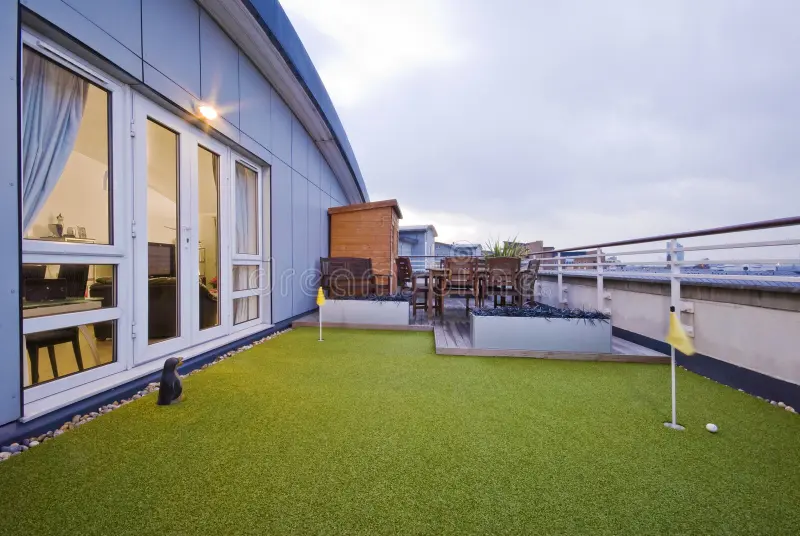
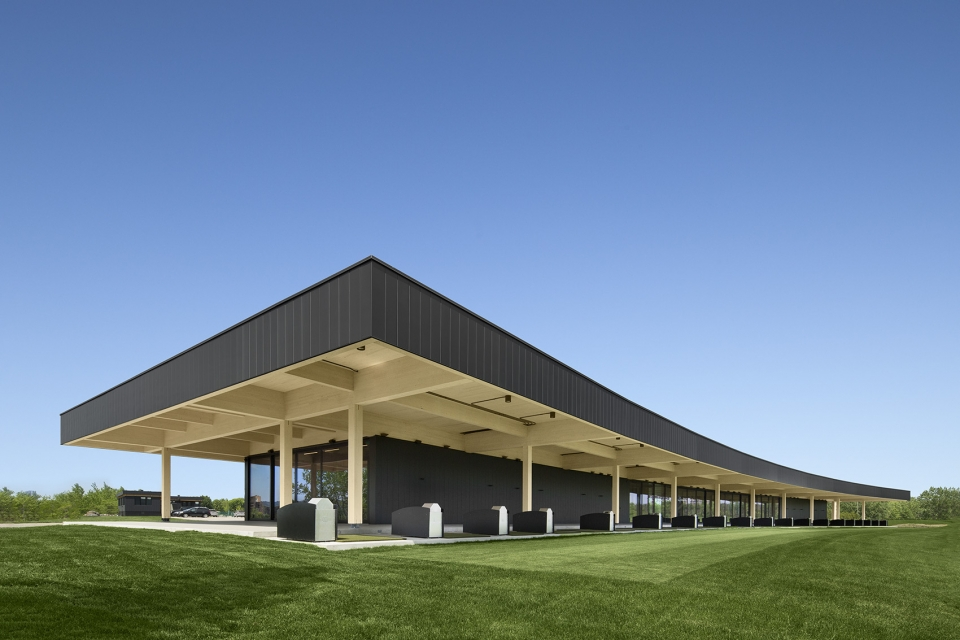




👉 [Request a Free Allergy-Safe Turf Sample Pack]
👉 [Book a Free Consultation for Custom Installation Plans]
